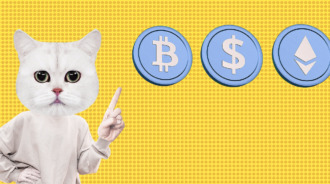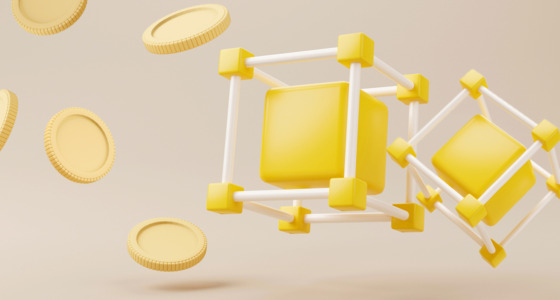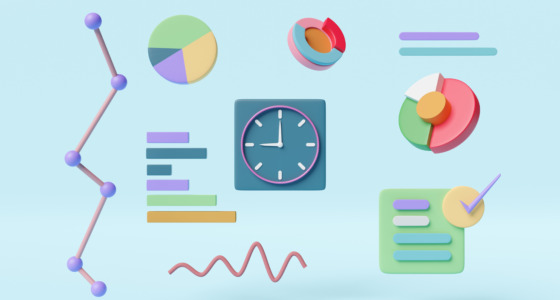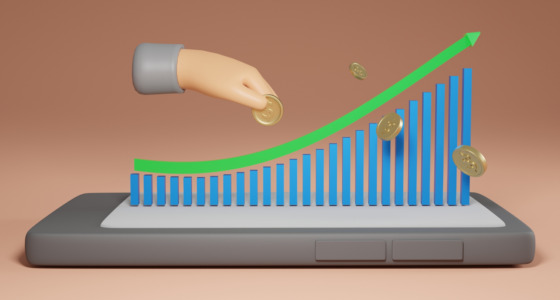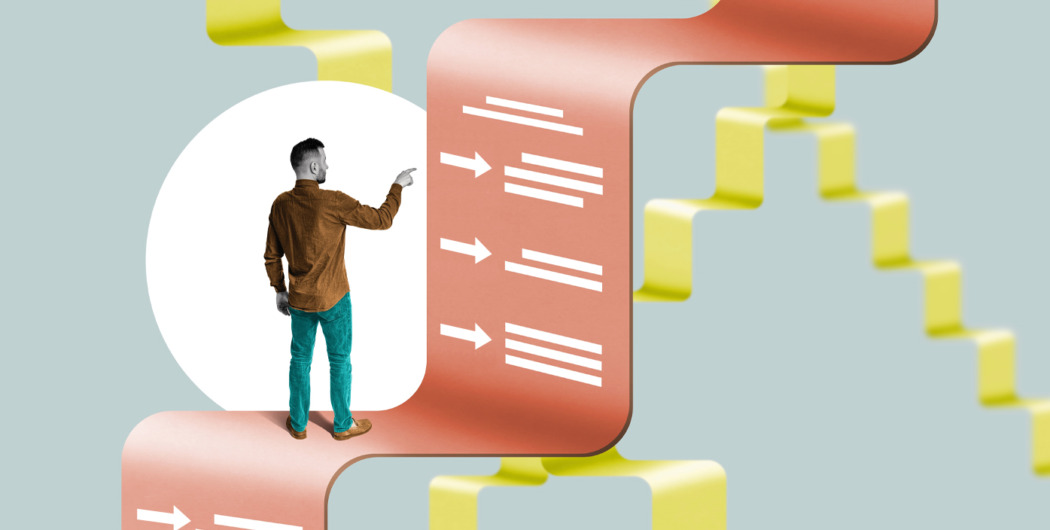

In 2020, global market capitalization soared to $95 trillion, which is a historical record. No wonder trading is becoming increasingly more popular, thus, more and more traders need to familiarize themselves with stock exchange ABCs, such as market order types.
Traders who use only buy and sell orders may suffer losses associated with price slippage or trading without a protective stop-loss order.
An order is an instruction to a broker to enter or exit a position. Initially, the transaction seems very simple: click the “buy” button, if the initial conditions for the purchase are met, click the “sell” button when the time comes to sell.
Such a simplified form of trading is quite possible, but not very effective, as it requires constant monitoring and is fraught with unnecessary financial risks. In this article, we’ll understand what orders are in trading and tell you about their types, as well as compare the market price vs limit price.
Order type in share market

Both experienced traders and beginners distinguish three main order types:
- market orders;
- deferred (limit) orders.
In order to make money on the stock exchange consistently, a trader must be able to use different types of orders. Teams can complement or cancel each other, insure risks, and preserve profits. Let’s describe each type in more detail!
Market orders
The first order type is a market order. It represents orders that are used to make a transaction on the exchange at current prices. That is, you came to the trading floor and decided that this is the right moment to open a position. Select the “sell market” function — a market order to sell. To make a transaction, a counteroffer — a purchase order is required on the exchange. There will be no problems with this on liquid platforms since trading is active in both directions.
In this case, the transaction won’t be completed immediately. The acceptance of your application by the broker, its processing, and the queue will all take time. It may just be seconds, or fractions of a second, but the asset price may differ from the one in effect at the time of the order. This phenomenon is called slippage.
Limit order in share market
Such orders are issued when the conditions set by the trader are reached. For example, you aren’t satisfied with the current asset price, but assume that it should soon fall to the “X” level. In order not to sit in front of the monitor waiting, you use a pending order: make a purchase when price X is reached. If this condition is met, the application will be executed automatically.
Trading platforms set the minimum allowable number of points between the current value and the pending order. The distance you set may be greater, but not less than this value.

Types of limit orders
Pending orders are divided into four types:
- Buy limit — purchase subject to a price drop (on the expectation of its subsequent growth). For example, according to your forecasts, the value of an asset should fall and then start to rise again. You place an order for the expected value of the “lower” price and make a purchase as soon as the chart reaches this point.
- Sell limit — sale at a high price (on the expectation of its subsequent fall). This is the opposite situation: you assume that the asset will reach a peak, after which it will begin to lose value. Then the order is set at the estimated maximum value.
- Buy stop — purchase at a price higher than the current one (on the expectation of its subsequent growth). In case of a prolonged increase in the asset, this type of order will allow you to open a position at the maximum price you set and earn on the subsequent rise in price.
- Sell stop — sell at a price lower than the current one (on the expectation of its subsequent fall). In the case of a prolonged decline in the asset value, the order will allow you to sell it cheaply, and then buy it even cheaper.
Which is better: limit or market order type?
The types of buy order and sell order exist so that a trader who submits a request to buy or sell assets retains some control over his order after entering the market. That is, a person who buys or sells stocks, commodities or currencies can insert many other smaller instructions into one simple instruction.
Market order type is used when an order needs to be executed quickly. For example, when a trader has a stop limit and needs to buy/sell faster. When executing a market order, the total value of the instrument may differ from the one in place when the order was issued. This phenomenon is called slippage.
its advantage is a fulfillment guarantee if there are open counter-requests. The disadvantage is the probability of slippage.
Limit order type is placed with a certain price limit. It’s determined at the discretion of the trader. A deal on a limit order is executed if the market price reaches the set limit price or the best price. Limit orders are usually used to buy/sell at a price below/above market.
Its advantage is that the performance is not lower than the set price. The disadvantage is that order execution is not guaranteed. With the best offer on the market, the application may be partially executed or not executed.The ability to work with both market and limit orders is one of the key skills of a competent trader.
What is a market order and how do I use it?
Market orders represent a type of trade order that involves buying or selling a stock at the best available price at that moment. The market sets the price – therefore, the investor cannot have any influence on how much is paid for the stock sale or purchase.
For the majority of investors, this is the standard buying and selling choice. Usually, market orders have a high risk of slippage when the market moves very fast.
In case there is a heavily traded stock, many trade orders may already be done before yours. This is what influences the price that you end up paying.
On an online broker, you can click on the “sell” or “buy” button, which brings an order form. You must complete this form by including details about what you are selling or buying, what the stock symbol is, and how many shares you are selling/buying among others.
What is a limit order and how does it work?
Limit orders represent trade orders that involve selling or buying a stock at a particular set price or a better price. What makes limit orders so praised by traders is that they serve as a prevention for traders who do not wish to buy or sell stocks at unprofitable prices.
That being said, if the market price doesn’t align with the limit order price in limit orders, the order will not take place.
There are two types of limit orders, respectively buy limit orders and sell limit orders.
What is a stop order, and how is it used?
Stop orders represent a type of order that can limit the loss of an investor’s position. They are also called “stop-loss orders”. When a stock gets to a particular price, the stop order will sell it to you. Most of the time, stop orders are associated with long positions, but they can also be used with short positions.
If an investor wants to sell its stock portion when it declines to $11 from its $15 present price, a stop order can be placed at $11. This allows the stop order to be executed when that price is reached.

